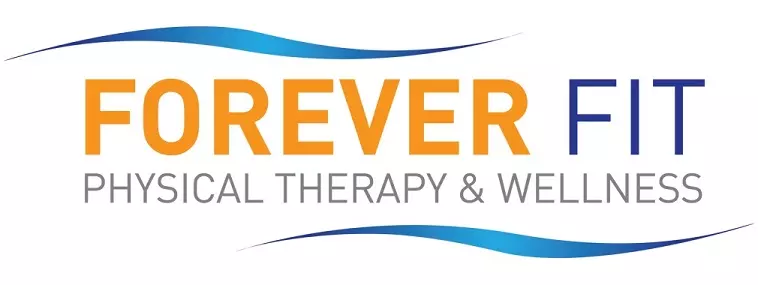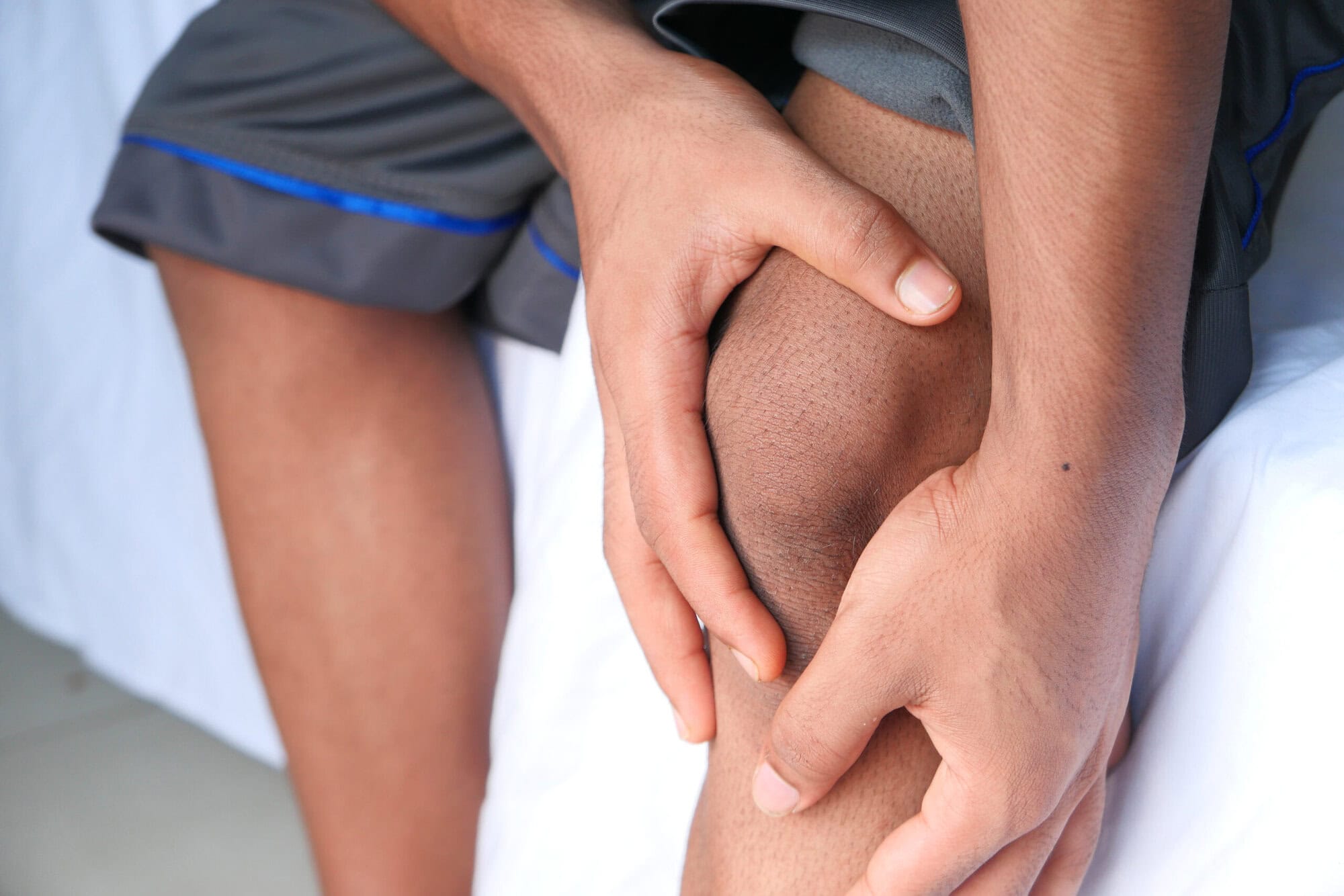After MCL surgery, physical therapy will play a big role in your healing journey. In fact, most patients meet with a physical therapist before their procedure to learn what to expect in the weeks and months ahead. The licensed physical therapists at Forever Fit are experienced in pre- and post-surgical care, as well as sports performance programs. This article discusses some of the most common PT goals patients can strive for throughout their MCL surgery recovery timeline.
12 PT milestones for MCL recovery
An MCL rehabilitation program with key markers lets you and your physical therapist know you’re making progress. For many patients, setting goals also helps keep them motivated to stick with a PT plan and provides a little extra reassurance that they’re on the right track.
Your physical therapist will work with you to set realistic goals based on your knee injury, health, lifestyle and other factors. These goals can help you strive for everyday knee functionality or for a more specific recovery path, like rejoining a sports team or a physically demanding workplace. The pace of recovery and rehab may look different for each person depending on the size of the tear, involvement of other structures such as the meniscus, and your fitness level. As an example for a more serious tear, here’s a week-by-week snapshot of the milestones someone in MCL recovery might be working toward:
-
Weeks 0–6
During this early phase, one of the key goals of physical therapy is to reduce the likelihood of post-op complications. Your practitioner will help you feel more confident in moving your knee after surgery and recommend ways to reduce swelling, pain and inflammation. Some of the goals you could strive for in this phase include:
- Extending your knee, gradually working toward 130 degrees range of motion (ROM)
- Strengthening your quads and other muscles that support this joint
- Independently performing a straight leg raise (SLR) without a brace
- Experiencing little to no post-op pain during daily activities
Throughout this part of your knee rehab program, you’ll likely be using crutches and wearing a knee brace. The brace may be locked to protect your knee or unlocked during certain exercises (as directed by your doctor).
-
Weeks 6–12
At this stage, many patients work on achieving better leg and knee control. Your physical therapist may introduce closed kinetic chain (CKC) exercises, like mini squats or leg presses, and others to help rebuild your muscles. Common milestones for this phase may include:
- A normal gait (walking pattern)
- Good knee control during CKC exercises
- Flexing both knees symmetrically
- Transitioning out of your knee brace
-
Weeks 12–20+
By this time, you’ll likely be working on more advanced movements that support a higher degree of leg control and strength. You might progress to full range of motion (kneeling), improve cardio endurance and conditioning, and gain even more confidence in your leg. Goals for this PT treatment phase may include:
- Pain-free active and passive ROM (unassisted and assisted range of motion)
- Reduced quadricep and hamstring deficits between your injured and healthy legs
- Stepping down on your injured leg with proper form
- Performing back squats with 70 percent of your body weight
By now, you might also gradually start jogging or running during your rehabilitation program. If you’re an athlete, your physical therapist may also perform return-to-play (RTP) assessments. An RTP test focuses on things like agility, strength, balance and other mechanics necessary for your sport. These help you and your physical therapist decide if and when you can safely get back into the action.
How long is the MCL surgery recovery timeline?
It typically takes six to eight weeks for the MCL to heal after knee injury. However, it will likely take several months for you to recover completely and feel comfortable performing everyday activities again. This is one of the reasons why physical therapy is so crucial after a knee injury.
Just like other injuries, recovery is patient and injury dependent. This means your PT treatment plan may be a little different from another patient’s experience. Barring any unforeseen medical complications, your MCL recovery timeline and goals can depend on several factors, such as:
- Your age and overall health
- The type of MCL surgery performed, if any, as most don’t require surgery
- The severity of your MCL injury and whether other parts of your knee were impacted
- If you’ve injured your knee in the past
- Everyday activities that influence your knee’s typical movement patterns
- How well you can follow a doctor-recommended home exercise program
- In-office or telePT session attendance and consistency
Your recovery goals may be different from those of other patients, too. Some people are working toward returning to the soccer field or tennis court, while others progress toward everyday walking or jogging abilities. Even though many patients can regain knee function within a few months, returning to a high-intensity athletic sport may take a little longer.
Make Forever Fit part of your post-op plan
At Forever Fit, you’ll receive one-on-one care that’s tailored to your needs. Our licensed physical therapists treat patients recovering from MCL injury or surgery and other conditions in several convenient locations across central Maryland. We’ll work with you to create specific milestones to work toward and can adjust those goals to suit your unique progression through our rehabilitation program.
Contact our team today for more information or to schedule an initial appointment.

